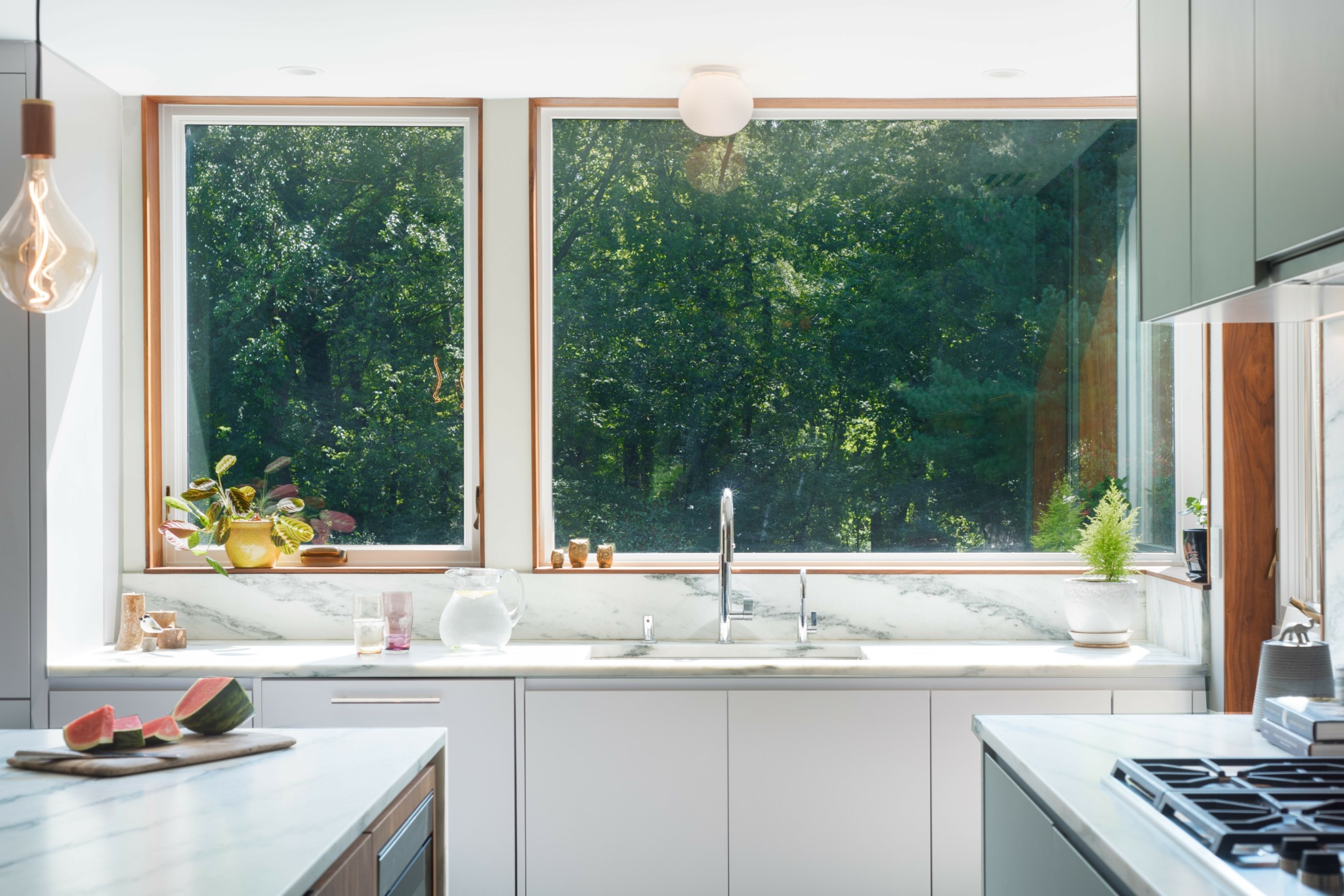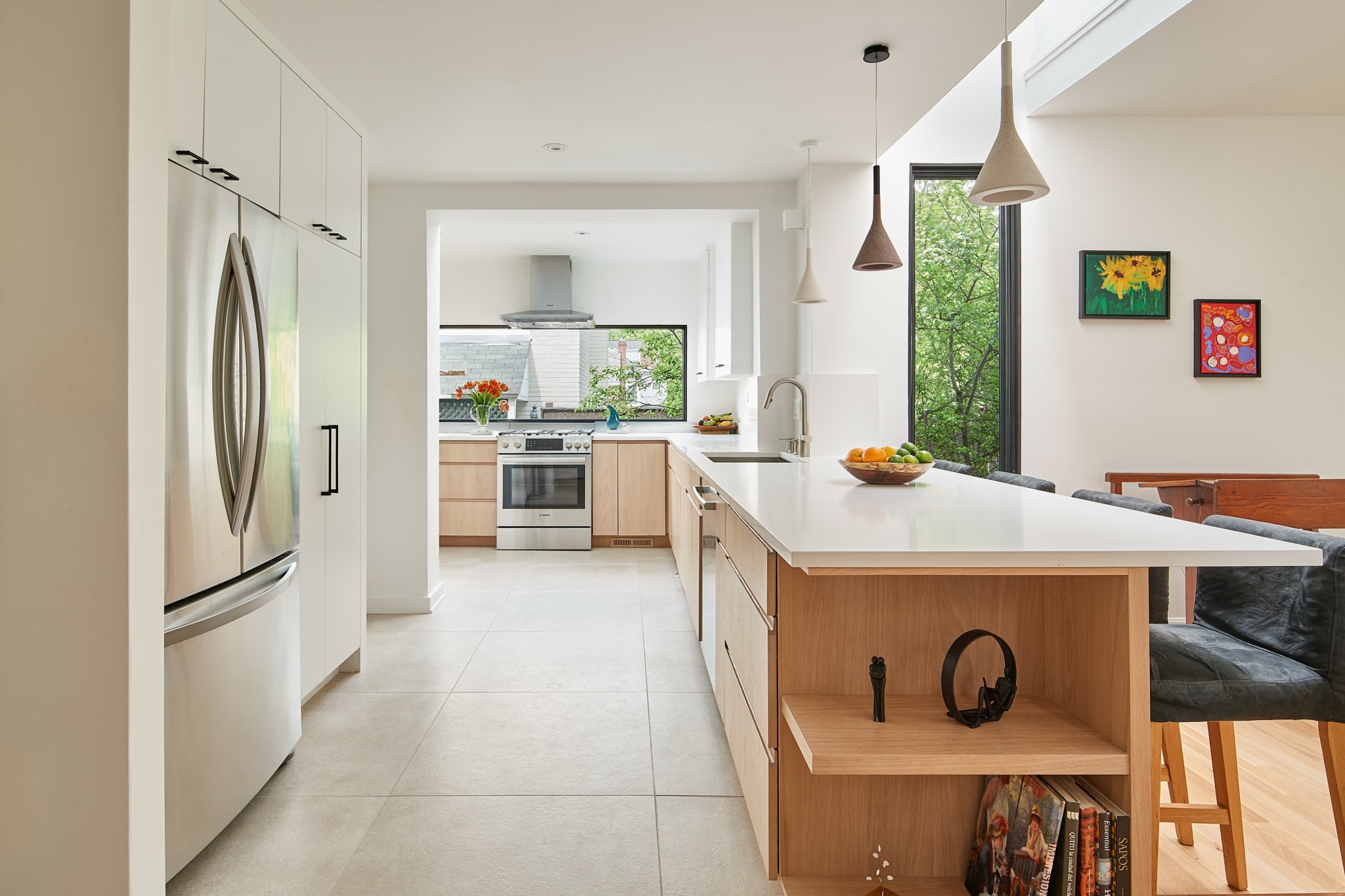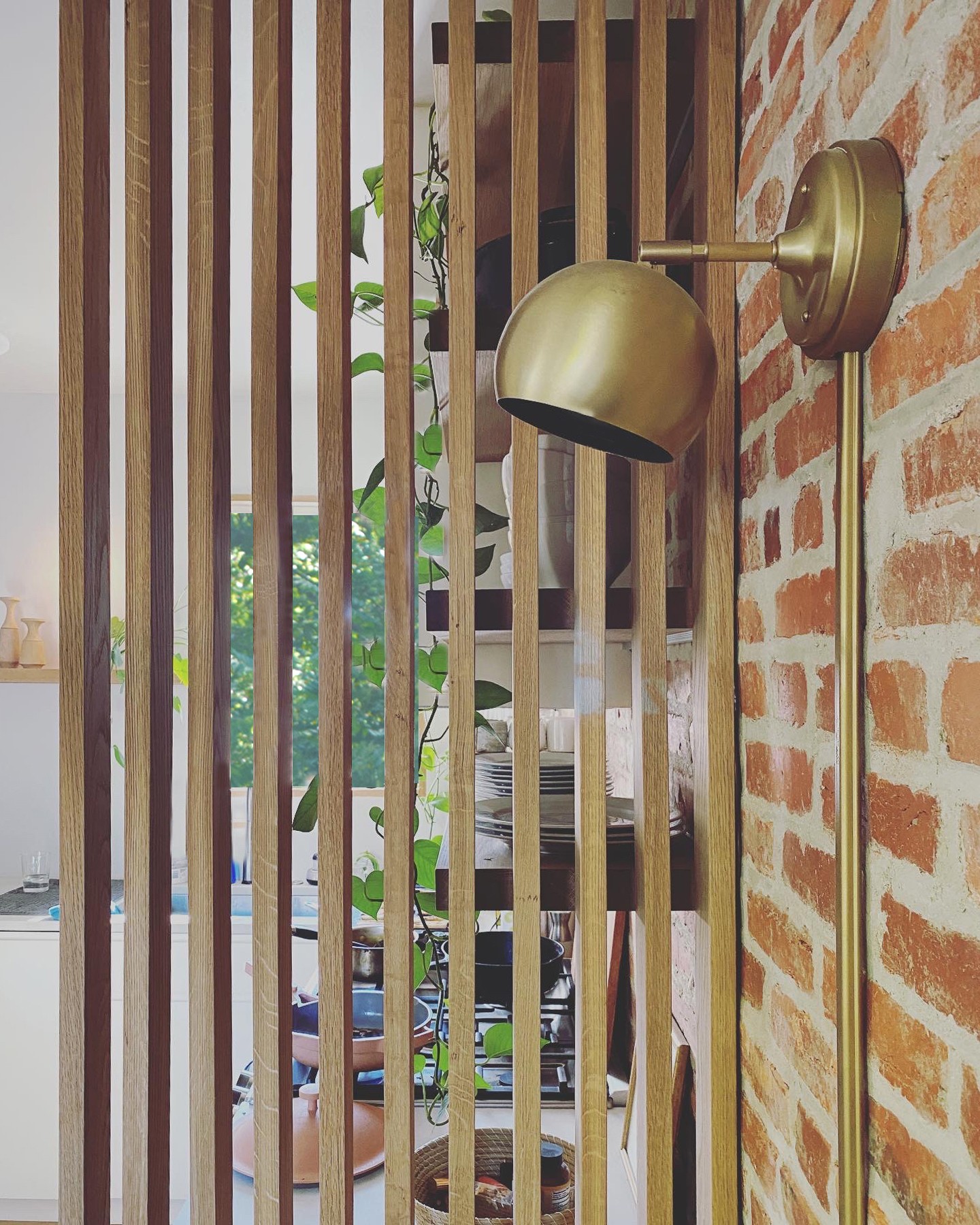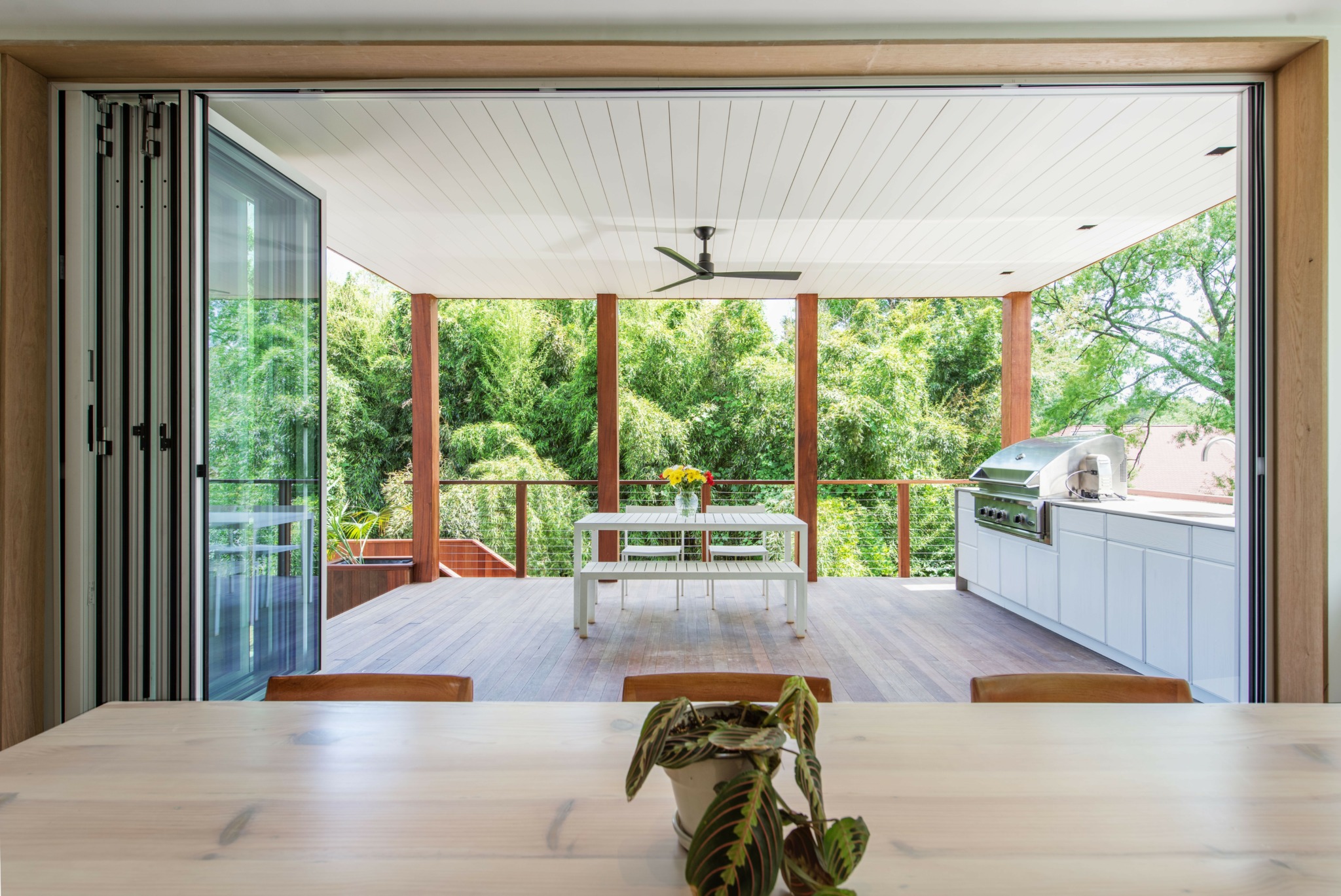We recently connected with Deborah Buelow and have shared our conversation below.
Deborah, thanks for joining us, excited to have you contributing your stories and insights. We’d love to have you retell us the story behind how you came up with the idea for your business, I think our audience would really enjoy hearing the backstory.
On the outside, starting my business was more of a gut reaction to the places I had been working – none of them felt right. I needed some space to explore what it meant to be an architect on my own terms; to really stretch the limits of what I was capable of. I also felt, and this is a constant thread in my work that continues to grow, that none of the offices I had worked for in the past (with the exception of one) cared much for sustainability, even if they said they did. I needed to test out what sustainability in design really meant. On larger projects there are checklists you can follow and in the end call the building “sustainable”. On a smaller project it’s not so clear. I’ve been working hard to define that goal and provide clarity so that in the end I can say yes, we did our part to make this building, space, house, whatever the project is, good for the environment. And as my research and exploration has grown, I’ve learned that what we do to improve the environment is also good for our health. So by providing sustainable homes, we are also providing healthy homes. This is something I can really get behind, and hope others will begin to get behind as well.


Deborah, before we move on to more of these sorts of questions, can you take some time to bring our readers up to speed on you and what you do?
Hello, I’m Deborah and I run a small boutique architecture and design practice called Cedar. I’ve been an architect for just about 25 years, but I started Cedar in 2016 as a way to evolve my own relationship to the architectural world. I have worked at all scales of design but find the single family residential to be the most impactful. This is where we develop real relationships with our clients, and help them build spaces that serve them well. If your home is truly your refuge, you have a much more firm footing to step out into the world in a positive way on a daily basis. I believe that architecture is an extension of human life – and this has greater impact than we tend to allow it. In our practice, we do not look for quick fix solutions. Rather we look for ways to develop space that flows well, that makes sense, that provides for the needs of the inhabitant, and that touches the earth lightly. We provide architectural and interior design mainly for single family home renovations, additions or new construction in the DC metro area, and we also work with small scale commercial spaces (schools and daycares). We aim to design healthy spaces that do not contribute to the immune overload our bodies are already experiencing through various food and environmental impacts around us.


Are there any books, videos or other content that you feel have meaningfully impacted your thinking?
When I began my business I was an architect doing architecture, not a business person building a business. I quickly realized that was only going to get me so far, and I needed to learn how to operate a business. I enrolled in a business mastermind course for architects, and discovered that actually the way we operate our businesses is not so different from how all businesses want to operate. In that course I read a great deal of literature, I developed systems and put them in place, I began to follow the profit first model that takes chunks of each paycheck and puts them into different buckets, ensuring that each bucket has the necessary finances to operate efficiently, and I learned the beginning stages of how to grow a team. I am currently in those early team growing moments, and the book that I find the most important at the moment is the Speed of Trust by Stephen Covey. This is a difficult but important lesson to learn – delegation is key, and trust to be able to delegate is king of that.
Other very influential resources:
Profit First by Mike Mickalowicz
Tony Robbins
Building a Story Brand by Donald Miller


What’s been the most effective strategy for growing your clientele?
Without a doubt the most important thing we can do with our clients is make sure they feel respected and heard throughout the process – when this is done well, people often want to be able to refer us to other people. Our projects can sometimes take years to complete, and without clarity can become frustrating for clients if they can’t understand the bigger picture. It’s so important to keep them informed, engaged, and in the end, to celebrate the major milestone they just went through. House building or renovation is a very stressful endeavor, so you want someone by your side who is your advocate the whole way through. I love doing this for our clients, and they repay me by sending me referrals.
Contact Info:
- Website: https://www.cedararch.com
- Instagram: https://www.instagram.com/cedar_architecture/
- Facebook: https://www.facebook.com/cedararchitecture/
- Linkedin: https://www.linkedin.com/in/deborahbuelow/


Image Credits
Jaren Drew, Kristopher Illich, Gabriel Spera


